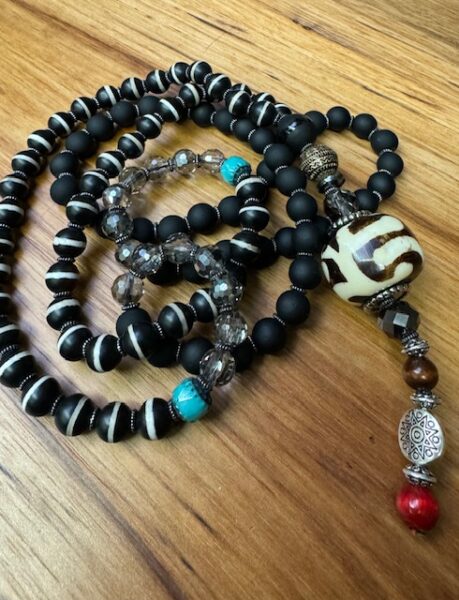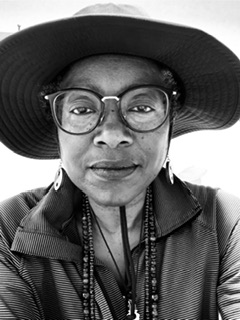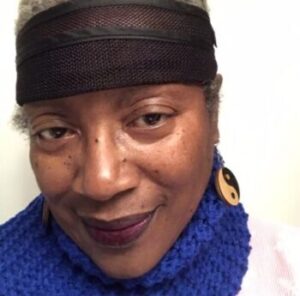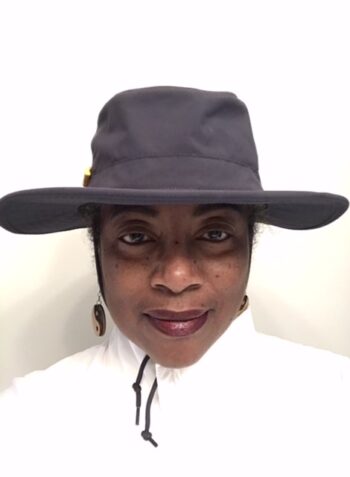D
ressing for the Shikoku pilgrimage, I want to embody the spirit of an “ohenro-san” as pilgrims are referred to here in Japan. On this solo trek, I plan to wear a traditional white coat embroidered on the back with the characters dōgyō ninin (同行二人) meaning “two traveling together”. Kōbō Daishi will be walking with me.
Dressing for Shikoku
The coat
The white coat evolved as a symbol of the pilgrimage. For some ohenro-san, it represents a shroud and shows the firm commitment of the pilgrim. It reminds one of how pure, innocent, and delicate life really can be. Many pilgrims wear the coat in life and ultimately, in death.
Also, local people can easily recognize you as a pilgrim when you are wearing it.
The walking stick
Of the items used specially on a pilgrimage, the staff, kongozue, is the most important. This has a special meaning for many pilgrims. It is believed it is the embodiment of Kukai. He is always with you to protect you on your pilgrimage. Like my Spanish walking stick, the staff will support me and keep me safe.
On the upper part of the staff is written Earth, Water, Fire, Wind, Void/Sky in Sanskrit lettering.
When you rest at a temple, the staff must be safely placed. Don’t forget it when you leave. At accommodations, the end of the stick must be washed and stored in a safe place, such as a room alcove.
The hat
The sedge hat, suge-kasa, has four phrases of enlightenment on it that express the strong will and purpose of pilgrims. It isn’t necessary to remove it while praying.
What I wear on my head is important to me. My favorite hat from the camino is my personal talisman. I will be wearing that.
The rest of it
Other items include:
– prayer beads or mala,
– candles and incense sticks,
– a stole or wagese
– a textbook with the sutra Hannya Shin Gyo written in it,
– bag,
– name slips or osame-fuda,
– book of sutras and,
– a book, nōkyō-chō, for temple stamps (¥500 at each temple) called goshuin.
All of the items can be purchased at certain temples and specialized shops along the trail in Shikoku.
Coins, o-saisen, are used for special prayers and as offerings. They support the temple operations and illustrate the give and take of life.
Note that none of the items are required in order to walk on the pilgrimage. Wearing the pilgrim’s outfit is not an ancient practice that was passed down to modern times, however. I learned that less than 70 years ago, a tour bus operator asked his group to wear white clothing in order to keep track of them at the temples. People have been dressing for Shikoku in that manner ever since.
Obviously, henro-sans have their own meanings relative to what they wear and carry or not. Many ohenros are traditional, wearing all white outfits. Others wear or carry items that their ancestors carried on the trail in the past. The stamp book or nōkyō-chō, filled with temple stamps, is a treasured family heirloom for many.
Many pilgrims wear one or more of these items on the trail. Dressing for Shikoku is a distinct and individual endeavor. It helps to set the tone and create separation from the outside world.
Knowing who I am

I made a mala to use for paying my respects at each temple. It is not required. I think it will come in handy when I need spiritual coverage on the pilgrimage.
What does that mean then?
It confirms that I am alive, the simple makings of that celestial, spiritual dust biding its time to join my ancestors. My earthly form simply holds that spirit together until it is time. See? I am always asking questions and living for the answers. I am who I am and nothing can ever change that.
Looking for the key to a better life is a lifelong quest for greater understanding of myself and the world. All that I am is in perpetual motion – atoms shaken, stirred, discovered and unleashed. As I take my steps and leave my footprints on this island, I will be transformed. The pilgrimage may be another peak experience in my life.
Or, it may simply be that I came a long way to find myself! I won’t know that until my walk is over.
Dressing for Shikoku…
… from the inside.
The clothes you wear on the trek may help you to cover or mask the worldliness within you that you want to leave behind. But, truth be told, we cannot hide from ourselves. Nothing runs fast but time. And we will never outrun it. We don’t have to panic or despair about that. We have the time we need to do what we know is right for ourselves and the planet.
For much of my life, I do the thing that I resist the most. It’s usually the best and right thing to do. Also, it is the hardest. That is what many of us fight against – doing what is right. We do not want to let go of habits, preconceived notions, and lifelong beliefs. Think about it with an open heart and mind. A slight rearrangement in the way you walk, wear your hair, or think can make a big difference in your life.
Like radiant heat, that good feeling will uplift you and the people around you who need and love you. Think of it as your contribution to the world. That is what you may find today on the trail. Tomorrow you may discover something else.
Remember always, however, that change is for you and you alone.
Noire Henro-san
As a black woman (黒人女性) on this trail, I know that I will be conspicuous. My manner and presence will be noticed and possibly judged. The judgement may be good or bad.
If there is no black and white, there is yet lighter and darker, and not all grays are the same.
– Eliezer Yudkowsky
I will be who I am, a woman who is curious about the world and almost everything in it. As always, attitude and manner are important.
Just when I think to myself that an encounter is the worst moment of my life, something reminds me that I am here to learn a lesson about my humanity. I am thankful that I get to live and walk another day.

My intention is to walk with dignity and respect for myself and everyone that I meet. I will not learn or understand all things that come my way before I leave Japan, but I intend to be a good student of the universe. That is all that I know to be. I am grateful for the strength of mind, good health, and courage to do this.
Buddhism
It is estimated that as many as 506 million people around the world practice Buddhism as a religion. That would represent roughly 6.6% of the world’s total population.
Buddhism is a religion, a philosophy, and a discipline. Many people follow the customs and practices but not as a religion.
I have no specific religious reason to visit the temples. However, the spiritual aspect is intriguing. So, what am I seeking? I have an idea or two. Whether or not I find it, each day will have its own answer. Whatever it may be, I know I am part of the answer… by simply being here.
So, that important question….
How will I be dressing for Shikoku?
I will dress to encourage my inner spirit. I will be dressed as my fellow ohenro-san. I am alone yet not alone on this pilgrimage trail.. . Whenever I begin to waver and think that I cannot go a step further, I will look up and see another white coat in the distance. I know that we are headed to the same place.
I have come too far to stop just now... here… here…and here.
Baadaye and Mata Ne (またね)
Shirley J👣
This and several posts this spring and summer will chronicle my pilgrimage in Japan where I will walk the 1200 kilometer-long Shikoku 88 temple pilgrimage. Read my announcement here.

